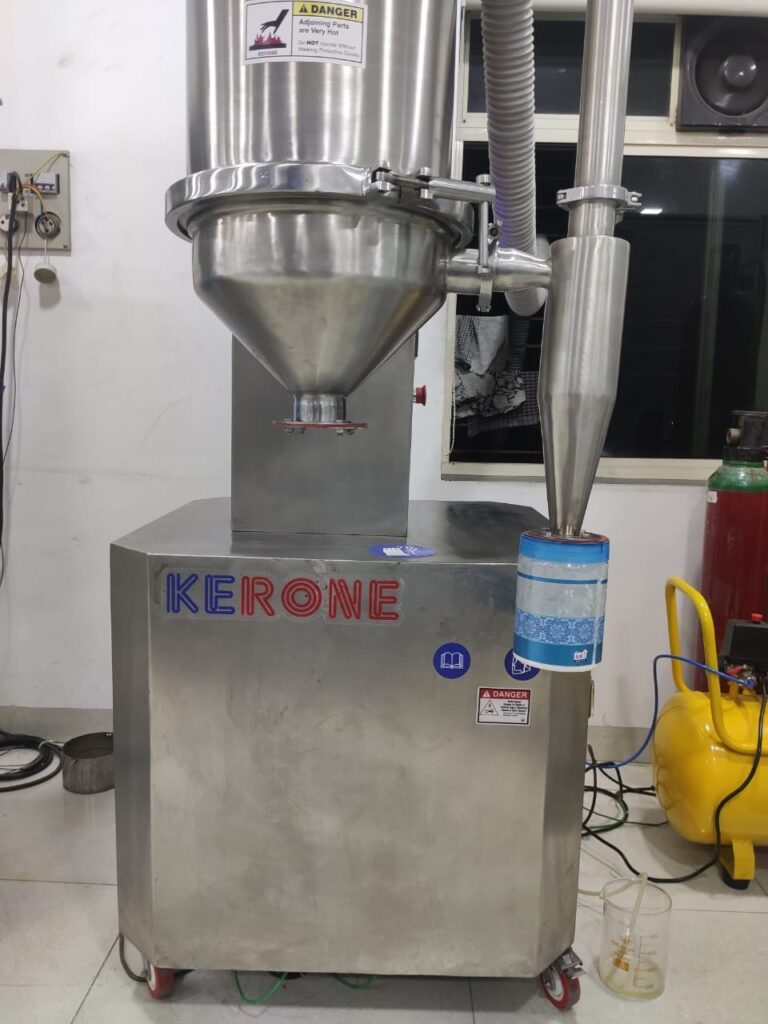The term “continuous” is applied to all production or manufacturing processes that run with a continuous flow. With that definition, continuous processing of solid dosage products in the pharmaceutical industry means starting the process from the synthesis of API to the final packaging of tablets or capsules 24/7 all year-round.
The pharmaceutical industry has been slow to adopt or even consider the concept of continuous processing, even though its value has already been proven in other industries—polymer, food, dairy, electronics, automobile and petrochemical/chemical—which have implemented fully continuous production processes for many years.
The pharmaceutical industry is also dominated by batch processes due to the smaller amounts that must be processed compared to other industries. The small material quantities available during the development stage also dictate the use of a batch process during the design phase of the formulation and manufacturing process, and these same batch-wise processes are often scaled up to production. Batch-processing equipment is the most flexible and convenient to use. There is reluctance from the industry to embrace continuous manufacturing because of the additional capital investment required along with the prospect of the current vast disposition of batch process equipment and staff training that would be required.
Continuous granulation
The granulation aspect is defined as “A unit operation of mechanical process engineering characterised by a combination with a change in particle size using pressure, solvent or binder.”
There are completely different techniques utilized within the industry to produce granulated product depending on the physico-chemical properties of the composition, intended product attributes needed, and therefore the access to the process technology needed to produce the dosage form.
Achieving the vision of continuous manufacturing of solid dosage, where product starting as API and ending up as a finished dosage form via wet granulation, will not happen immediately. To start you need to ensure that the necessary technology and skills are sufficiently available.
Much of the product quality should be achieved by designing an effective process at the design stage and supplemented, as needed, by additional in-process controls, monitoring and end product testing.
Many unit operations are intrinsically continuous and are well understood. For all remaining unit operations, equipment is accessible. Experiences with continuous wet granulation are positive. Opportunities to a adopt continuous method exist and may depend upon QbD approach, for that it’ll need a lot of advanced management systems with simple and more complex PATs. It should be realised that not all product or processes are manufactured with continuous granulation approach. each API will have to be evaluated for its capability to be a candidate for continuous granulation and a pertinent method will have to be developed for it.
We at KERONE have a team of experts to help you with your need for Continuous Granulation Systems in various products range from our wide experience.

